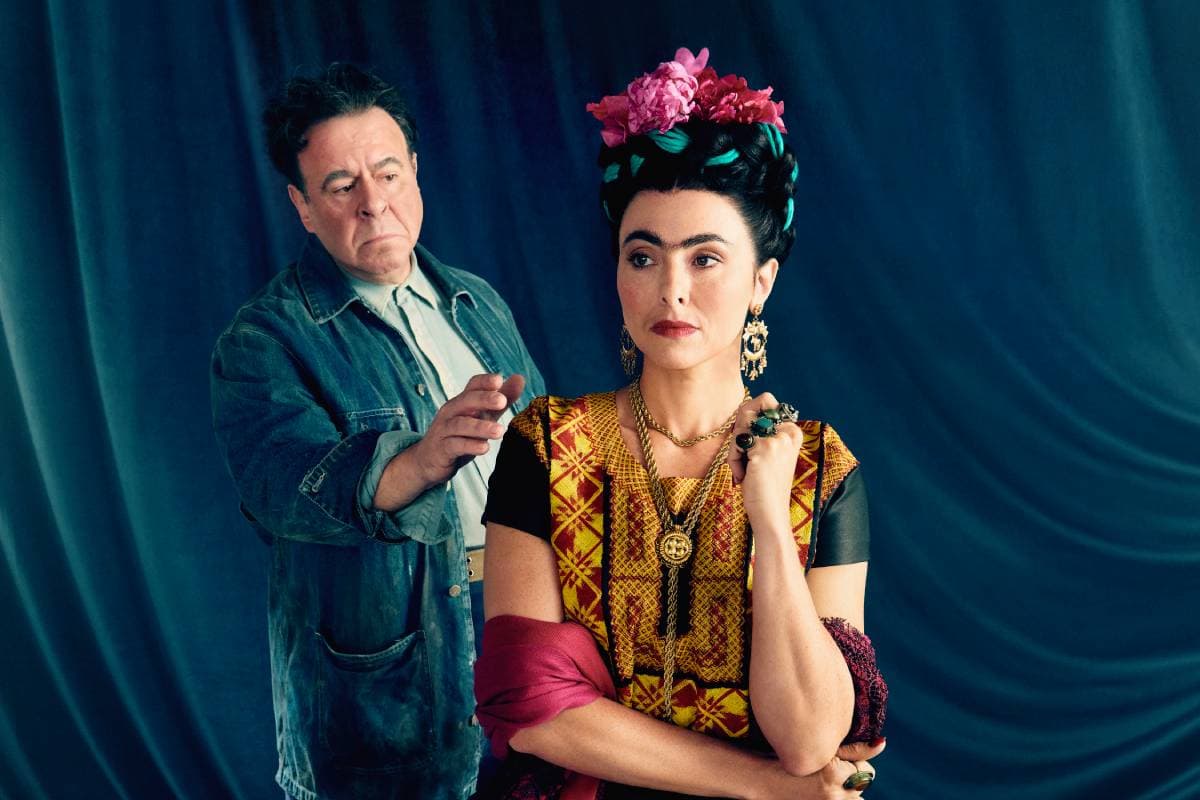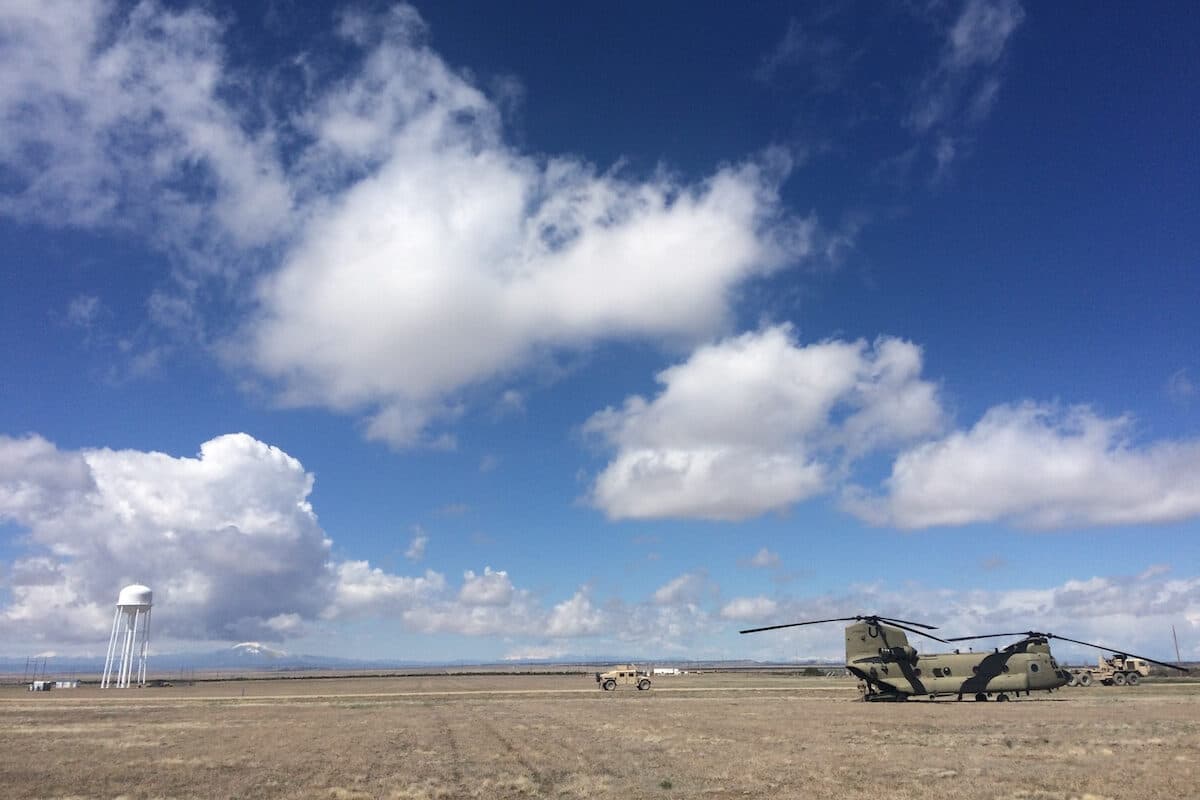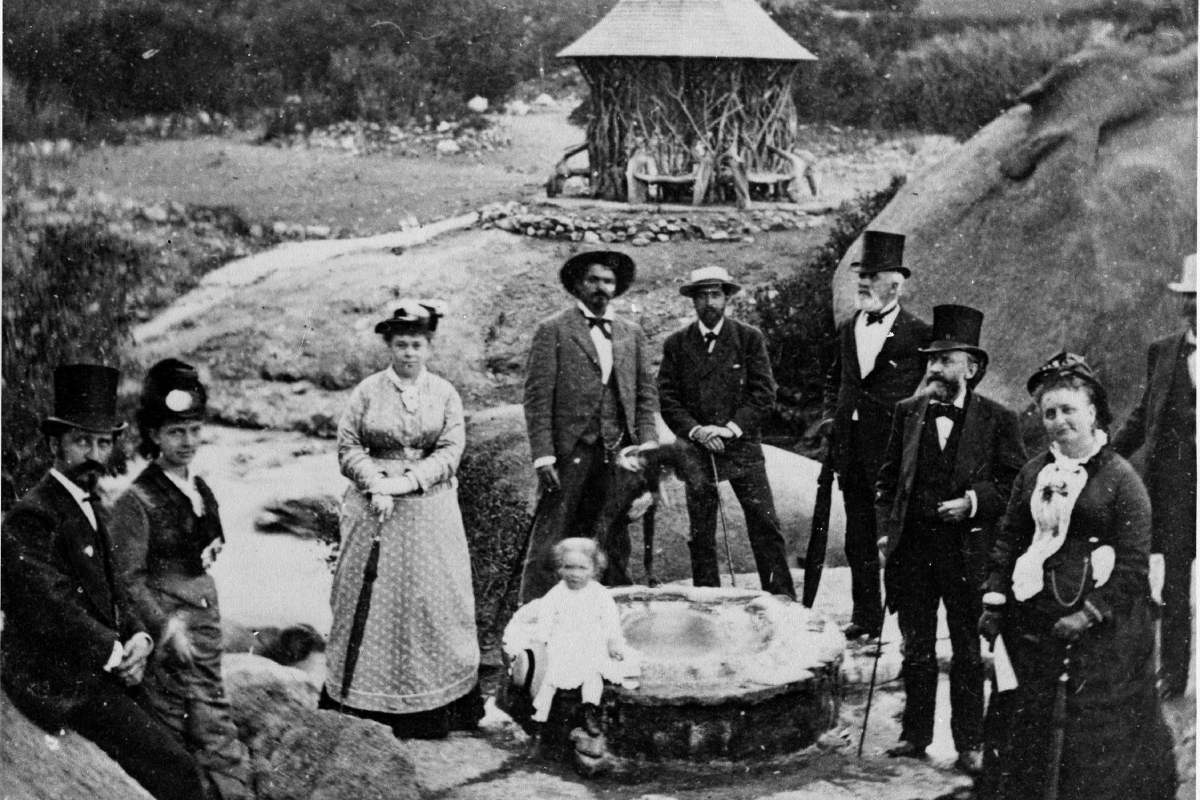
Peak Curiosity is a new, community-driven reporting series from 91.5 KRCC. We ask listeners to submit their questions about the Pikes Peak region and Southern Colorado, and then we answer them. Scroll down to the bottom of this post to submit your question!
Among the dozens of questions we've received through Peak Curiosity, one recurring theme is undeniable: history. People want to know the stories behind the place they live—how did Pikes Peak Region come to be the way that it is?
Some of these history questions are very big, and we're working on finding the answers for future installments of Peak Curiosity. However, in the meantime, we thought we'd pick a few questions that could be answered relatively simply for a new segment we're calling The Local History Lightning Round.
Colorado Springs Pioneers Museum Director Matt Mayberry joined us in the 91.5 KRCC studio to answer three listener questions as succinctly as possible. Of course, as with all matters of history, there's always much more to the story, but here are the thumbnail answers as per Mayberry.
1. Where are the springs in Colorado Springs? Asked by Sara Hein of Colorado Springs.
Mayberry: So the simple answer is that the springs that are referred to in our name are in Manitou Springs.
When General Palmer founded the city in 1871, "The Fountain Colony" was the original name of it. But very soon it acquired a name that had been given years before by a western explorer named Fitz Hugh Ludlow, who called the region Colorado Springs, and that name stuck.
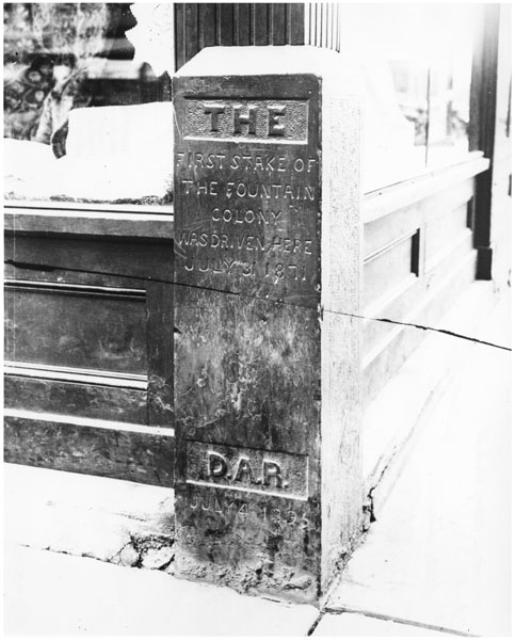
KRCC: In the early days of Colorado Springs, this was kind of a tourist town. Were the springs part of the appeal of this place?
Mayberry: Absolutely. Springs carried a connotation of health and healthy living. You have to understand the name Colorado Springs as a marketing term. That is where we come from, we're a marketing marvel here in Colorado Springs.
KRCC: With a little bit of false advertising in our history…
Mayberry: Generous use of geography.
KRCC: So that answers that. Where are the springs in Colorado Springs? The short answer—
Mayberry: Manitou.
2. When did Colorado Springs become so conservative? Early history indicates a more progressive mindset was present. Asked by anonymous.
Mayberry: There's no simple answer to that, to be quite honest. I think, if you look at the founders of the town, General Palmer had many characteristics that you would consider progressive. But then if you look at some of the others, Spencer Penrose notably was very conservative.
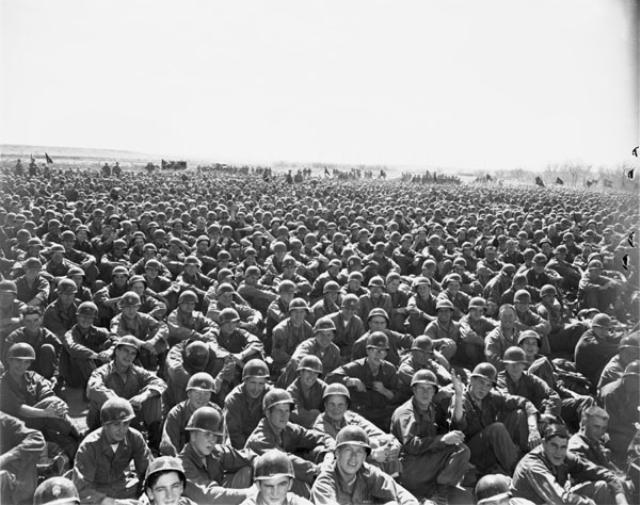
I think certainly the coming of the military in the 1940s, the growth of the military and military-related industries, helped to make the community more conservative. But I know that it's fair to say that alone is it or that we don't have those roots going all the way back to our founding.
KRCC: Going back to the earlier days: General Palmer came from Philadelphia, what can you tell us about his political leanings?
Mayberry: Complicated, like everybody's. He was certainly progressive in his views about race. He supported financially Hampton College, a historically black college in the south. He was rabidly anti-slavery and served in the Civil War. After the Civil War he was also Quaker and so he was a pacifist. Certainly from our perspective he was very progressive in a view about the value of parks and open space. But I think it's hard for us to see today's politics in a 19th century setting, you've got to be careful about making those equations.
KRCC: So the question of when Colorado Springs became "so conservative" -- I guess it's hard to say because it depends on what you mean by that.
Mayberry: If people are looking for a simple answer, I think mid-twentieth century, but it's not that simple.
***Editor's note: If you're looking for additional perspective on the political history of Colorado Springs, check out this story on the Freedom School in Colorado Springs, and this story on the past, present and future of the Evangelical movement in the city.
3. What is the history behind the street name Cache La Poudre? Asked by Martin Palmaz
Mayberry: Perhaps street names are one of the oldest controversies in Colorado Springs—why do we have such difficult street names? The naming of Cache La Poudre is just derived from a river in Northern Colorado.
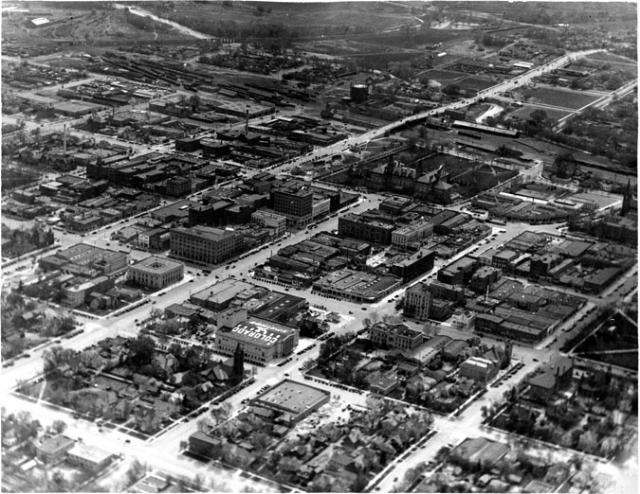
KRCC: And we should say, Cache La Poudre is French for…
Mayberry: "Cache" as in a hiding spot or a place to store something, and "Poudre" is a reference to gun powder. So it's a powder cache or powder magazine or hiding spot for powder. And it dates to--at least one source says--the 1820s, when a trapper hid a cache of his gunpowder along that river, and that's where the name comes from.
One of the things that has happened with the difficulty of that name is that people have conflated the term Poudre with 'poodle,' and so some people refer to Cache La Poudre as "Dog Street." It used to be fairly common among the police, but I'm not sure if that's still the case.
Note: Matt Mayberry is a member of 91.5 KRCC's Community Advisory Board.


